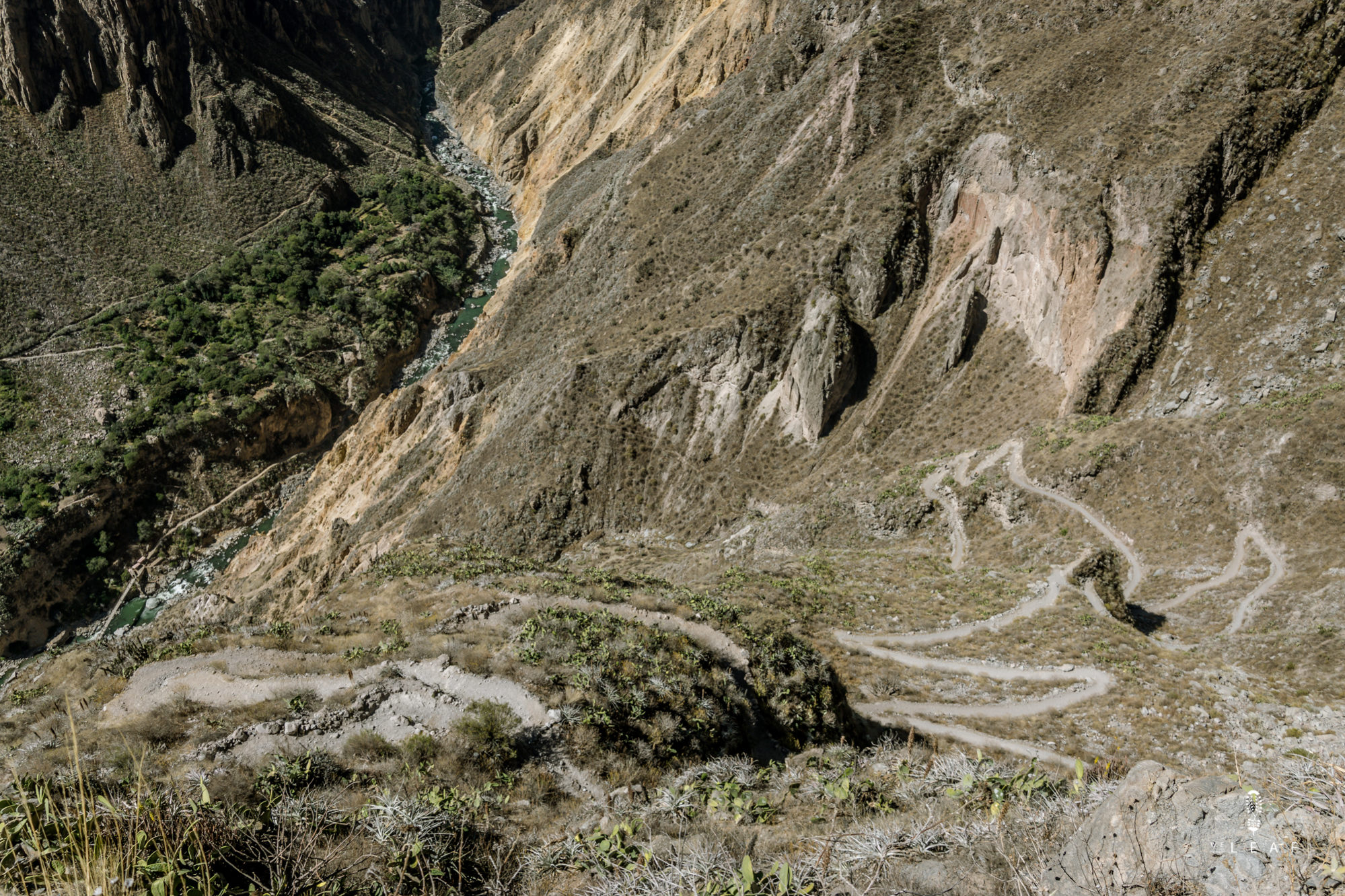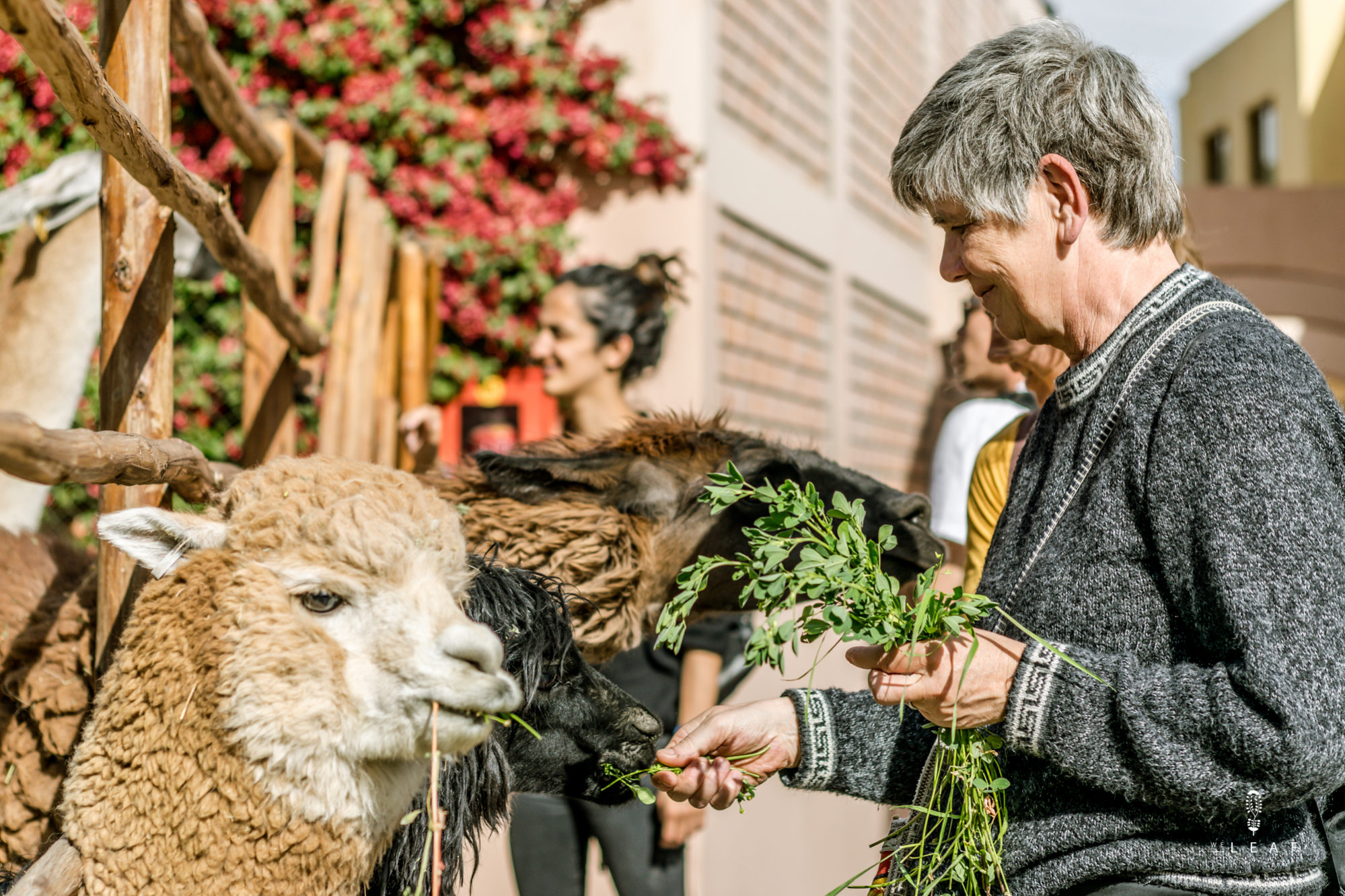
Mother goose

Cycling route Old roads and pilgrim towns
June 28, 2018
Hiking in the Colca Canyon
July 23, 2018
Wednesday 6th of June - La Paz
For two weeks we are locked up in La Paz, Bolivia. Every day we expect the arrival of our package from Belgium, but it doesn't come. The package carries brand new Schwalbe tires, which we desperately need. Every morning we refresh the 'track and trace' page, we call with DHL points from all over the world and visit the local post in Bolivia. We don’t get wiser, but we always end the day with 'tomorrow the package arrives'. We go into the night with confidence. We sleep in the house of family of our friends from Santa Cruz. If we still talk about 'tomorrow' two weeks later, our hope drops down. We are getting annoyed by it. Certainly Olivier knows no attitude. He gets angry with the idea that 'afterwards', if we had known that the package would not be there tomorrow, could have walked or cycled beautiful routes. Olivier calls this a waste of time. Fortunately, every disadvantage has its advantage. Suddenly Ellen booked her trip to Peru. The free days of Zoë her mother are now perfectly in line with our schedule, because she has not been in Peru yet. 'I just go after the little ones as a mother goose' she says when we make the first plans by telephone. "Mom, you know how we travel? We sleep in the cheapest places with sagging beds, in mud huts and with sand, mold and hair in the bathtub, "Zoë replies cautiously. With Ellen her words 'a bed is just a bed, I do sleep' is the trip planned. We are going to travel in our own way, without a fixed plan where to sleep and eat.
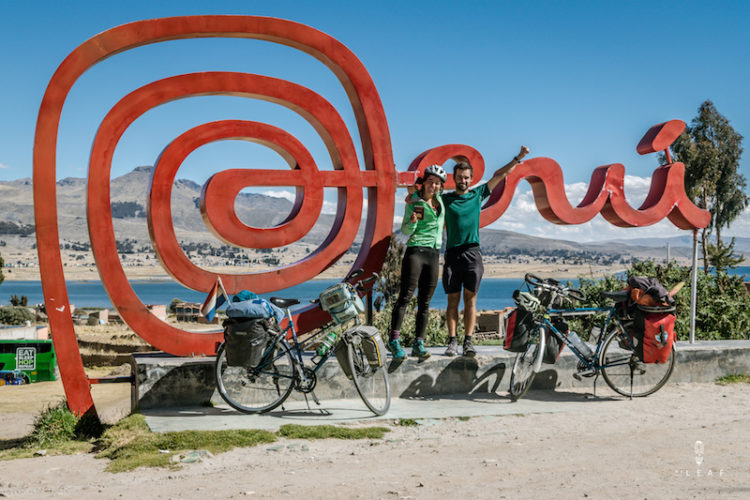
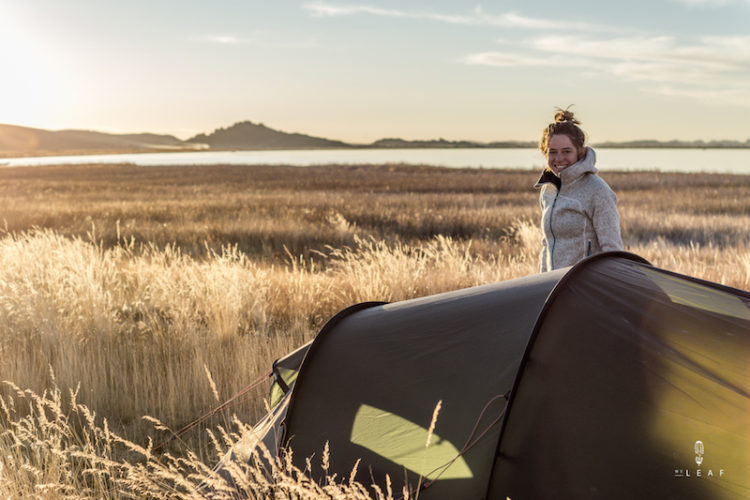
A colourful party
Ellen will land in Cusco in two weeks. We decide to leave our package for what it is and to cycle on, crossing the border to Peru. As soon as the package arrives at the family, we take the bus back to Bolivia. Not a bad choice, it turns out afterwards because the package still didn’t arrive. We cycle along Lake Titicaca and end up 'accidentally' at party after party. The long, straight road is a bit boring and we are far ahead of our timetable, when there sounds loud music out of a concrete football stadium. The thick concrete wall does not reveal anything, but outside beautifully dressed girls are practising their dances. Curious we take a look and allow ourselves to enter the football field. The concrete stairs are filled from bottom to top with men and women, as always traditionally dressed.
We talk to the ladies and gentlemen to hear what is going on. It is a competition of schools from the region. Students, from 4 to 18 years of age, compete for the most beautiful traditional dances. The scene is spectacular, especially the youngest ones enchant us. The smallest children wear clothes in all colors of the rainbow. With hats made of straw, felt or cloth and woolen slippers at the feet. Zoë gets permission to enter the field and makes the pictures of her life. 'What a joy' Zoë says with a smile from ear to ear when she comes back to Olivier who has prepared our lunch right behind the fence. Of course we can not resist, like the rest of the audience, to spent some Soles to spend on the cakes and other delicacies.
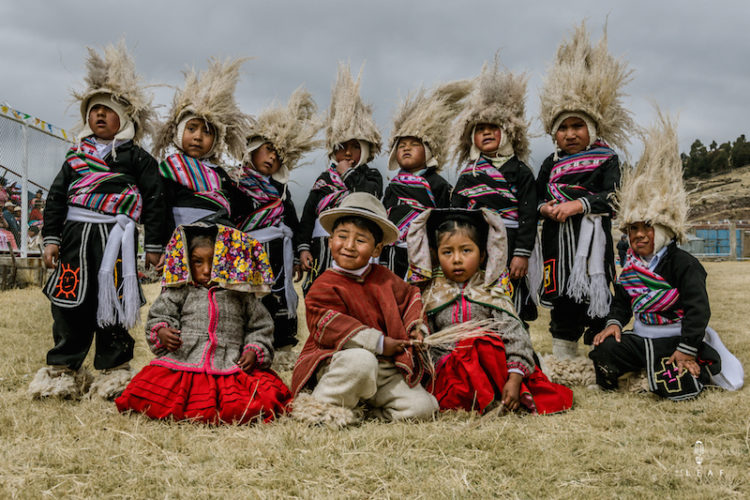
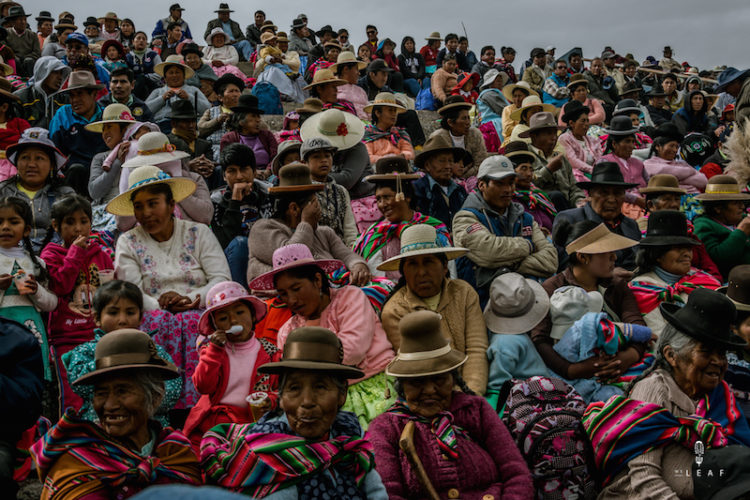
We are a few days before the arrival of Ellen in Cusco to attend the biggest festival in Peru. 'Inti Raymi' in honour of the sun god of the Incas. We are not alone, half Perú and many tourists have come to the festival. Dancers in the most beautiful Inka clothes show us plays at different locations. It is crowded to find a good spot and the kick-off of the show always starts at South American times, at least one hour late. We wait more than we look but it is a unique experience. We do not really get bewitched, but the unexpected local parties are truly unforgettable. We store the bikes for two weeks at our hospedaje, a local hotel, and pick up Ellen from the airport.
The first week we visit Inca ruins around Cusco, including the famous Machu Picchu. The second week we planned a three day trek through the deepest canyon of South America. On the bike we only know our cycling direction, but now Zoë made a well-organized plan in which every day the 'attractions' and location are mentioned. Traveling without time or two weeks gives a different dimension and importance to a trip. The days are planned but otherwise nothing is fixed, no hotels or buses are booked, everything is going on at the moment. Pretty exciting when you arrive in South America and the 8-hour bus ride to your return flight is not even booked. Everything is going well, we assure Ellen. She picks it up easily and relies on our experience.
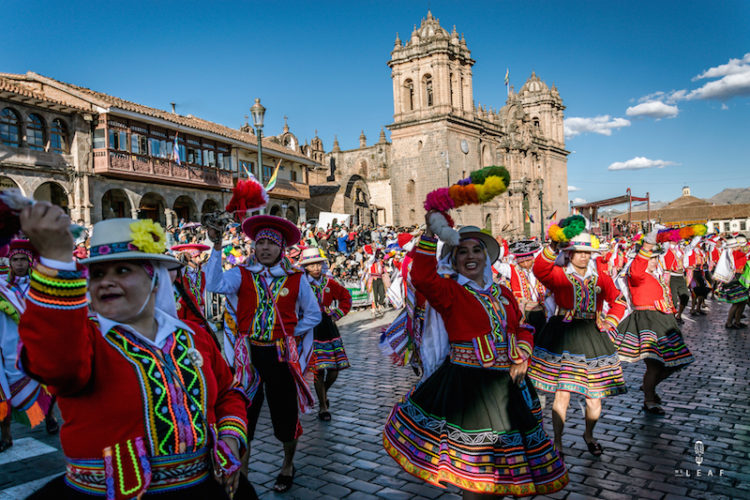
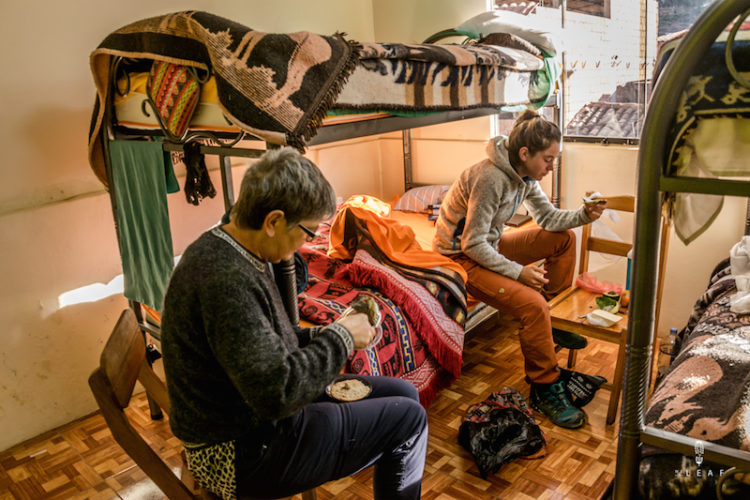
We jump into the small micros, a minibus that travels up and down between small places without fixed hours. A little knowledge of Spanish and culture is therefore useful. The bus may have twelve seats, anyone who wants a ride, jumps into the bus. With the chin on the chest and head against the ceiling we are stuck. Five-piece-dressed ladies with their cloth full on the back press themselves into the minibus. After a short ride we arrive every morning at our new location and start looking for a hospedaje. On the bike we often have no choice and we sleep in the only shelter that can be found in the village. The first night in Peru costed us 10 soles, 2.5 euros. Now in the tourism sector we have to be a bit more flexible, but more than twenty soles, 5.5 euros, we don’t want to pay for an overnight stay.
We walk from door to door, ask the price, check the rooms and compare different places. When we have found a place, we throw the backpacks on the bed and start the day. We travel to ruins, which are often located at a high altitude and walk all the way down again. If we do not reach more than 15,000 steps by the end of the day, we are not satisfied and we walk around three or more blocks on the colorful tourist markets, the local vegetable market and along street streets looking for tasty afternoon snacks. Ellen must not leave Peru after trying every dish. Moreover, we still have a lot to discover in Peru, which is also new for us.
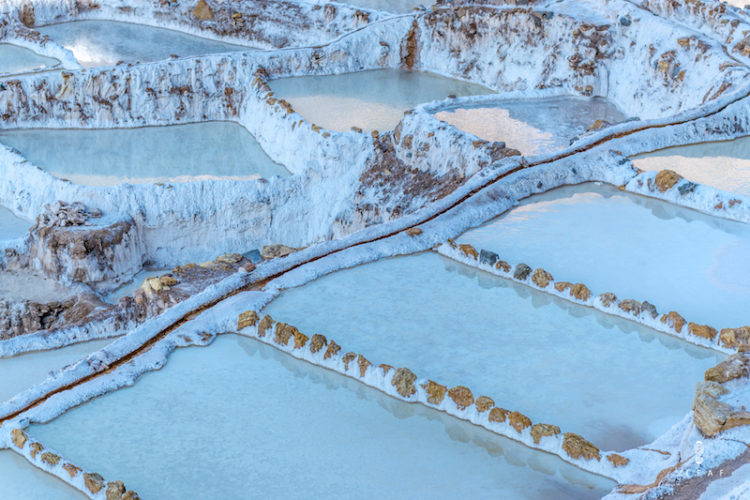
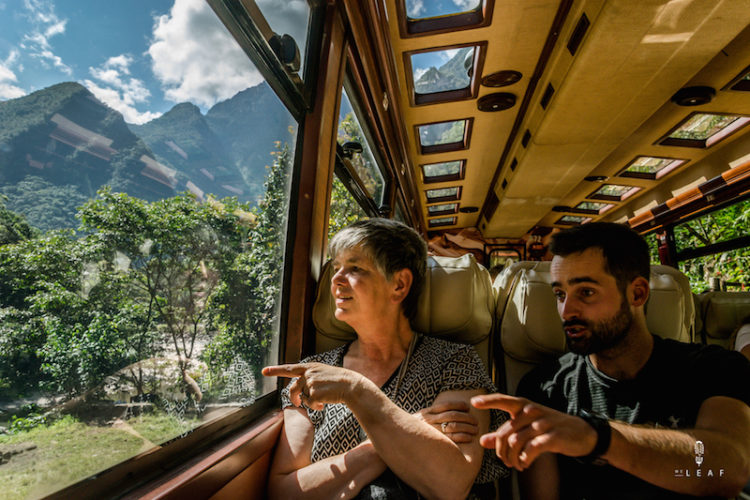
The ruins are impressive. Not always beautiful, but the location and their architecture makes it special. The ancient citadels show off on the extreme points of the cliffs. It are the strongest structures man has ever made. Standing still at the fact that there was no machinery at that time, we wonder how mankind did it. Unfortunately, even the researchers have no answer yet. The location and the train ride to Machu Pichu are breathtaking. Just like in Nasca, on the other side of the country, there are many questions about the extensive lines and figures in the ground. Why those people were engaged in such projects will remain a question mark. It is precisely that question, the why, that makes it so impressive. During our visits we exchange our lunch with a meal in a local restaurant, or eat our self made sandwich. Regarding the own sandwiches, we take a seat on the floor.
Olivier has a lot of attention when he prepares the sandwiches on the ground in front of the bus stop. This way the Peruvians do not know the 'gringos'. Just like on the bike we are studied from top to bottom, we just don’t fit in the tourist image this way. Peruvians eat a warm meal three times a day, but the most requested meal is at lunch. As a mother goose Ellen walks behind us. "I thought I was the stingy Dutchman" Ellen says when we do not yet approve the tenth pension. We eat for five soles, one euro twenty. Six soles, 25 cents more, is too much for us. We laugh about it ourselves, but we try to explain that we no longer dwell on the real value of 1 sol. We know that everyone eats for five and that this is the normal price. It is our life, not a holiday. We just touch on certain values of a product. Just like we know the value of certain products at home and therefore want to pay the right price.
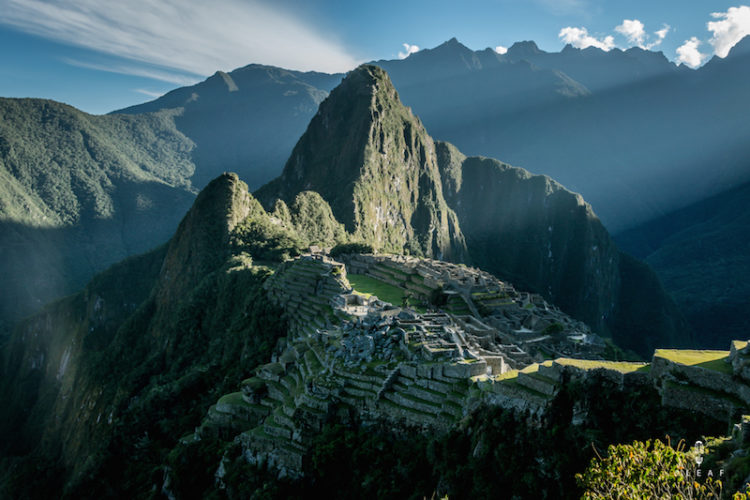
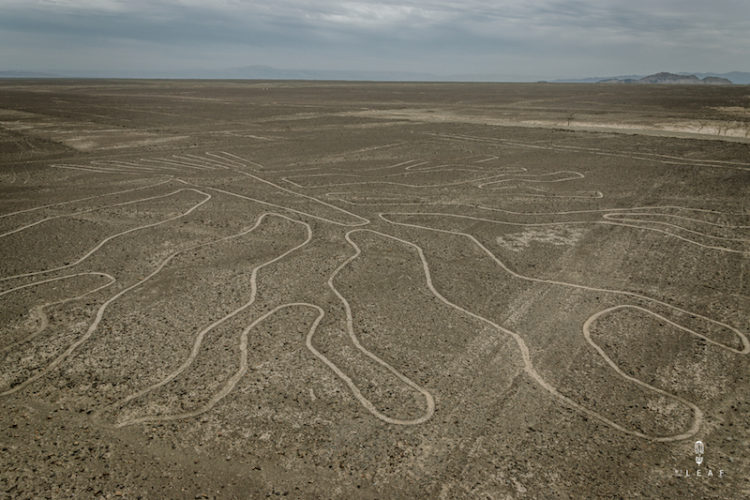
In the Colca Canyon we walk around for three days. The first day is a pure descent of over a thousand meters, the last day we have to climb the same amount again. Steep paths follow the deep cliffs. Along the edges of the abyss we go down with nodding knees. The sun is right up and there is no square meter of shade. We sleep in mountain huts in the most local villages. The villagers have their own clothes, perhaps the most beautiful clothes we saw. We are proud if we can stay for ten soles again. We sleep in a room made of clay and bamboo, just big enough for three beds. The beds are not sagged, but whether they have been changed since last night, Ellen asks out loud. We do not fit the three of us in the room at the same time, but it is the nicest room we have had. The walks are tough and it is therefore admirable that Ellen does it at the age of 60. She likes it, but not in the way that we enjoy it. She asks herself where we always find that fun of pure exhaustion. The last day she decides wisely to skip the journey upwards of 1500 altitude meters and take the bus. "I'll take your backpacks with you" Ellen suggests logically. 'No!' we both call together. "That's just the fun" answers Olivier.
It is precisely that question, the why, that makes it so impressive.
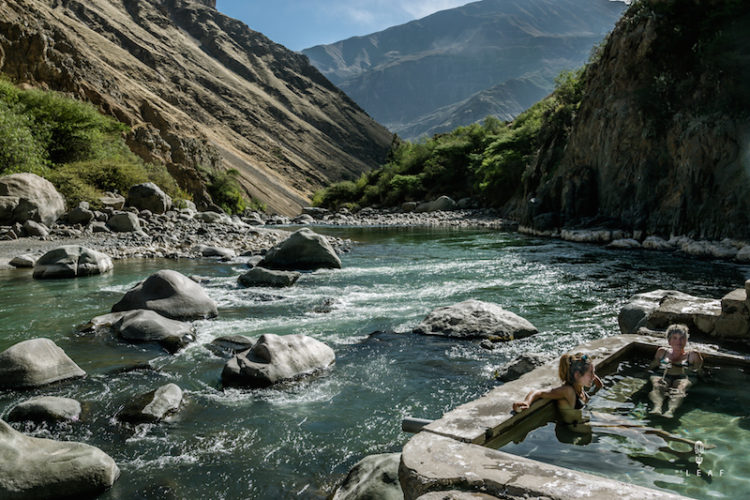
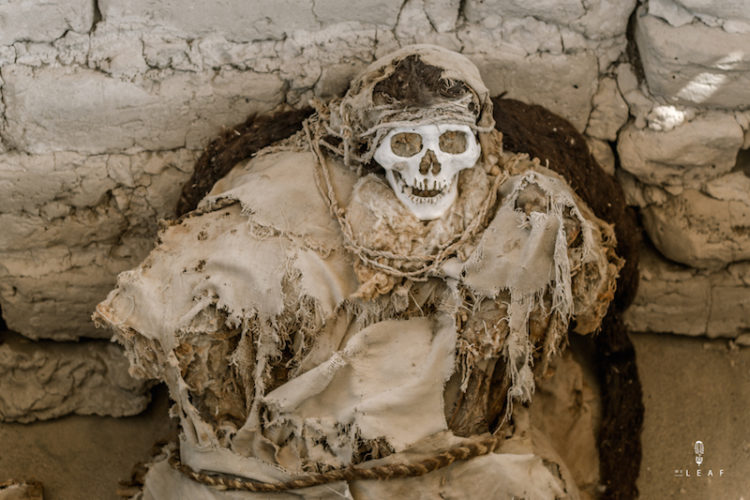
The two weeks have flown and Ellen takes the bus back to Lima, which we book a day in advance at the terminal. She arrives safely and on time at the airport. A bed turned out to be a bed indeed. Ellen slept as a rose, but the cold shower came with this small price as well. And we? We will continue to suffer through the Andes. The first climb that awaits us counts 60 heavy kilometers.
